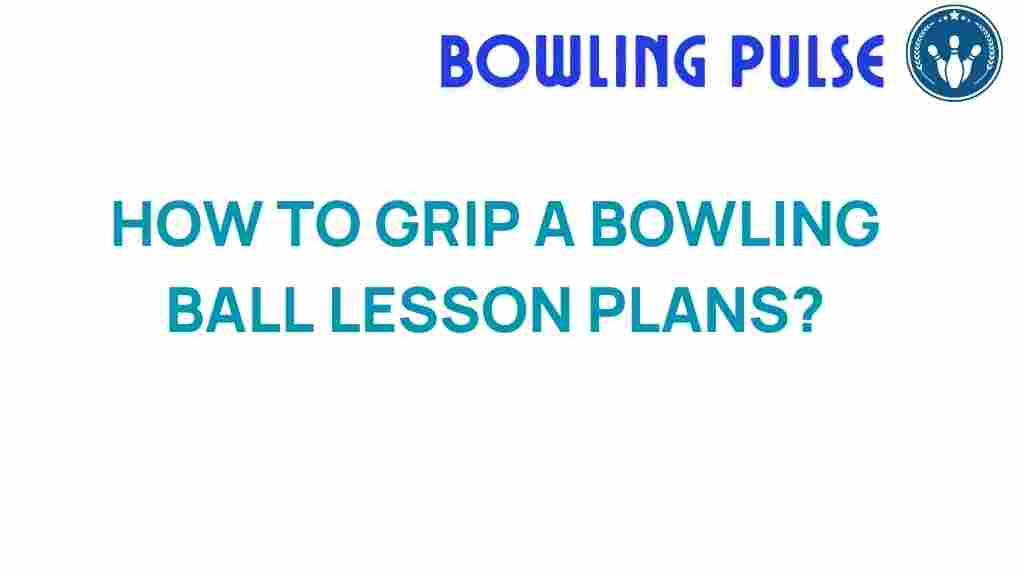Mastering the Perfect Grip: Essential Bowling Ball Techniques
Bowling is a sport that combines skill, precision, and a bit of artistry. A crucial element that can significantly affect your performance is the bowling grip. A proper grip not only enhances your control over the ball but also improves your overall game. In this article, we will explore various bowling techniques, discuss the importance of grip in bowling, and provide essential bowling lessons to help you elevate your game. Whether you are an amateur or a seasoned bowler, mastering the fundamentals of the bowling grip is essential to improve your bowling.
Understanding the Bowling Grip
The bowling grip refers to how you hold the bowling ball before releasing it. A good grip allows for better control, accuracy, and consistency in your throws. Here are the primary components of a proper bowling grip:
- Fingers: Your fingers should be inserted into the holes of the bowling ball up to the first knuckle.
- Thumb: The thumb should be fully inserted into the thumb hole, allowing for a secure hold.
- Wrist Position: Your wrist should be firm but relaxed, maintaining a natural position to help guide the ball.
Bowling Grip Techniques
To master the perfect grip, consider the following grip techniques:
1. Conventional Grip
This is the most common grip among bowlers, especially beginners. In a conventional grip:
- Insert your thumb completely into the hole.
- Insert your middle and ring fingers into the ball until the first knuckle.
This grip provides good control and is suitable for straight shots.
2. Fingertip Grip
The fingertip grip is often used by more advanced bowlers. This grip allows for greater spin and hook:
- Insert your fingers into the ball up to the second knuckle.
- Keep your thumb fully inserted.
This grip provides more flexibility and helps improve accuracy and spin.
3. Semi-Fingertip Grip
This grip is a hybrid between the conventional and fingertip grips. It’s ideal for bowlers transitioning from beginner to advanced:
- Insert your fingers into the ball between the first and second knuckle.
- Ensure your thumb is fully inserted.
This grip offers a balance of control and spin capability.
Step-by-Step Process to Improve Your Bowling Grip
Improving your bowling grip involves practice and a keen understanding of your technique. Here’s a step-by-step process:
Step 1: Choose the Right Ball
Before you can master your grip, make sure you are using a bowling ball that fits your hand properly. A ball that is too heavy or has poorly sized holes can negatively impact your grip.
Step 2: Practice Your Grip
Spend some time simply holding the ball to get a feel for it. Focus on inserting your fingers and thumb correctly according to the grip type you are using.
Step 3: Work on Your Stance
Your stance can also affect your grip. Stand with your feet shoulder-width apart, knees slightly bent, and the ball held at waist height. Practice maintaining this stance while focusing on your grip.
Step 4: Release Practice
Practice the release of the ball while focusing on maintaining your grip. Ensure that your thumb comes out first, followed by your fingers to impart spin.
Step 5: Analyze and Adjust
After throwing several shots, analyze your performance. If your ball is not going where you want it to, consider adjusting your grip technique.
Troubleshooting Common Grip Issues
- Ball Slipping: If the ball slips from your hand, ensure that your thumb is fully inserted and that your grip is firm.
- Inconsistent Throws: If your throws are inconsistent, experiment with different grip techniques until you find one that feels right.
- Wrist Pain: If you experience pain in your wrist, check to ensure that your wrist is not locked and is in a natural position.
Bowling Tips to Enhance Your Grip
In addition to mastering your grip, here are some additional bowling tips to improve your overall game:
- Practice Regularly: Consistent practice is key to improving your sports skills.
- Watch Professional Bowlers: Study the techniques of professional bowlers to gain insights into grip and release.
- Take Bowling Lessons: Consider enrolling in bowling lessons with a coach who can provide personalized instruction.
- Join a Bowling League: Bowling with others will expose you to different techniques and styles.
Understanding Bowling Fundamentals
To truly master the perfect grip, it is essential to understand some bowling fundamentals. Here are a few key concepts:
- Balance: A good grip contributes to your overall balance during your throw.
- Timing: The timing of your release directly affects your accuracy and the ball’s trajectory.
- Follow-Through: Ensure that you follow through with your arm after releasing the ball, which can help maintain your grip stability.
Conclusion
Mastering the perfect grip is fundamental to improving your bowling game. By understanding various bowling techniques, practicing your grip, and troubleshooting common issues, you can elevate your performance on the lanes. Remember that consistent practice and possibly seeking bowling instruction will help you refine your skills. For more resources, consider visiting this helpful website that offers great tips and techniques for bowlers. With dedication and the right grip techniques, you are well on your way to becoming a better bowler.
This article is in the category Techniques and created by BowlingPulse Team
